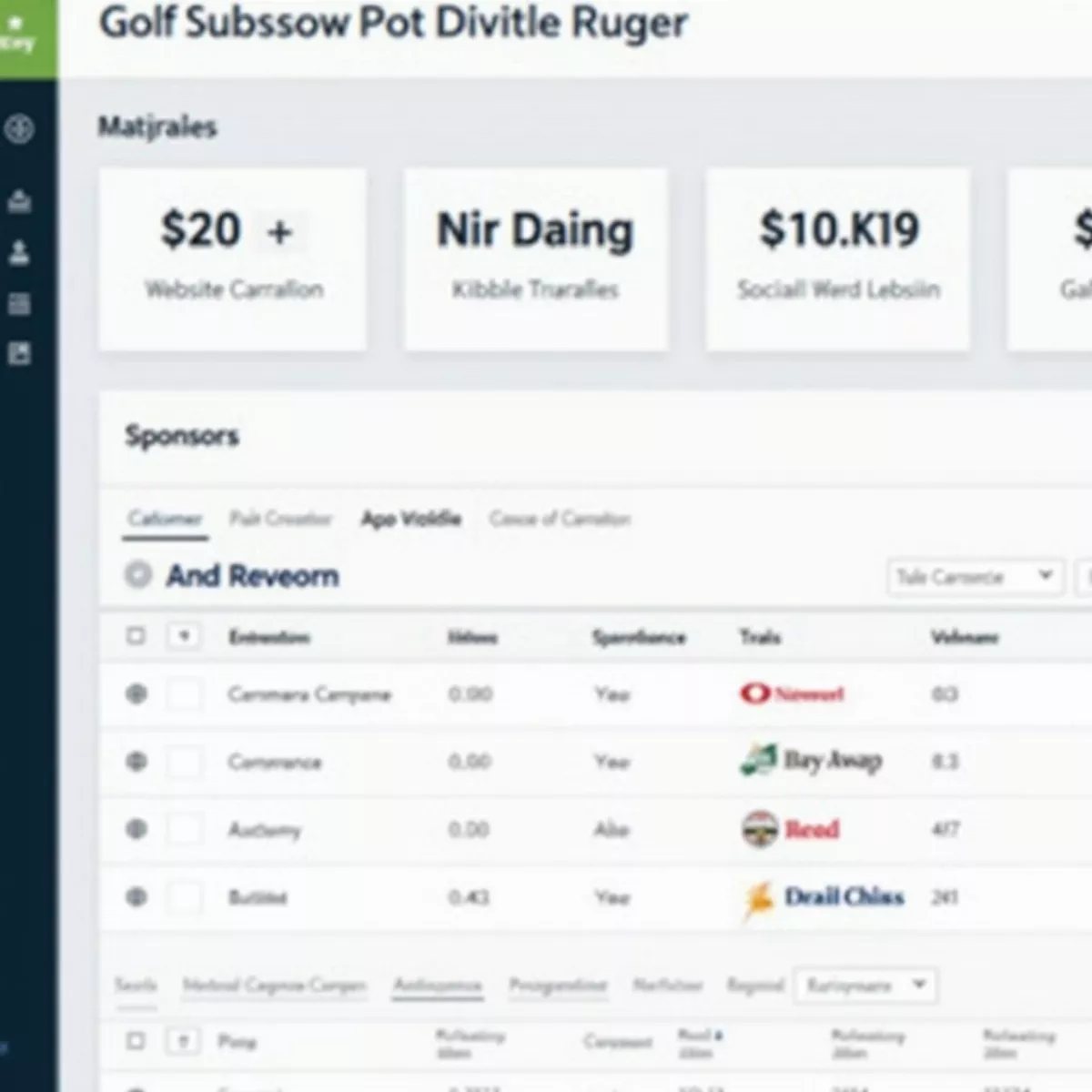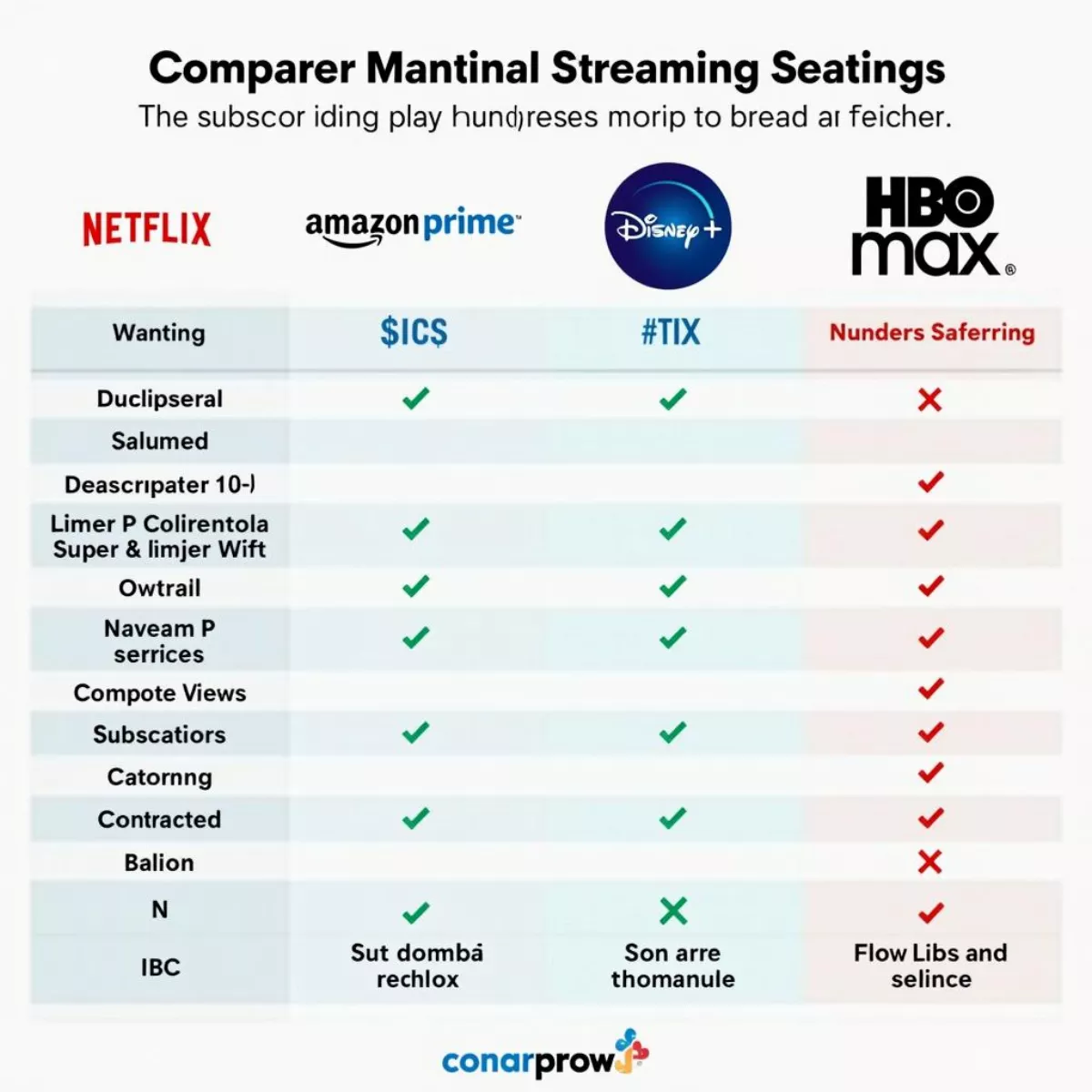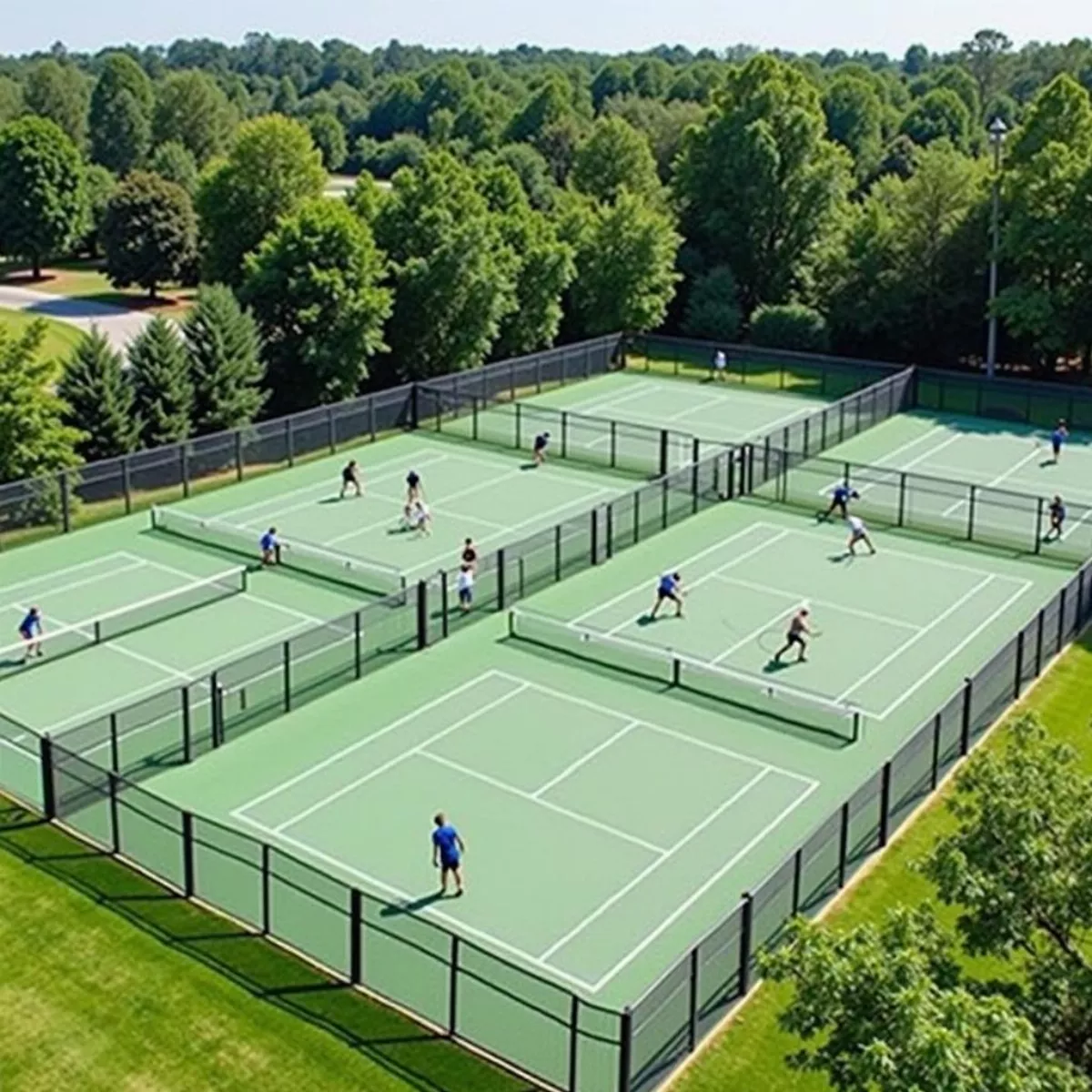Scrambled eggs are a breakfast staple loved around the world. Fluffy, creamy, and packed with protein, they are quick to make and satisfying to eat. However, if you’re cooking for a crowd or simply want to enjoy your morning meal at the perfect temperature, knowing how to keep scrambled eggs warm can be a game changer!
In this comprehensive guide, we’ll explore various methods to keep your scrambled eggs warm, stylish tips for serving, and helpful tricks so that you never have to serve cold eggs again. Let’s dive in!
Why Keep Scrambled Eggs Warm?
Sometimes puffed with steam, scrambled eggs are best when warm. Keeping them at a consistent temperature—ideally around 150°F (65°C)—ensures they remain delicious and safe to eat. Letting them sit can result in a rubbery texture, and nobody wants that! Here are some reasons why keeping your scrambled eggs warm is beneficial:
- Flavor and Texture: Warm eggs taste better and maintain a fluffy texture.
- Serving Efficiency: If you’re cooking for family or guests, keeping eggs warm allows other dishes to catch up.
- Food Safety: Keeping eggs above a certain temperature prevents foodborne illness.
Methods to Keep Scrambled Eggs Warm
1. Use a Heat-Resistant Serving Dish
A great way to keep your scrambled eggs warm is to serve them in a heat-resistant dish.
- Option: Place the eggs in a ceramic or glass dish that’s already warmed in the oven (at a low temperature, around 200°F or 93°C).
- Benefit: These materials retain heat well.
2. Double Boiler Method
A classic approach to keep food warm is the double boiler.
- How to Use:
- Fill a larger pot with water and bring it to a gentle simmer.
- Place a smaller heatproof bowl or pan on top, and then transfer your scrambled eggs into this bowl.
- Why It Works: The steam warms the eggs gently without cooking them further.
3. Use a Slow Cooker
If you plan to prepare a meal ahead of time, a slow cooker can work wonders.
-
Steps:
- Set your slow cooker to ‘Warm’.
- Add a small amount of water to create steam.
- Place your scrambled eggs in a heatproof dish or a silicone baking mat inside the slow cooker.
- Tip: Stir occasionally to prevent them from drying out.
4. Towel Wrap Method
For a simple solution, try this classic technique.
-
How to Do:
- Once your eggs are cooked, place them in a bowl.
- Cover the bowl with a clean kitchen towel to trap heat.
- Key Point: This prevents heat from escaping and ensures your eggs stay warm.
5. Insulated Food Carrier
If you’re heading to a potluck or picnic, an insulated food carrier is perfect.
-
How to Use:
- Place your scrambled eggs in a batch container.
- Seal it tightly to keep the warmth locked in.
- Best Practice: Pre-warm the container with hot water before adding your eggs.
6. Oven with Warm Setting
Most ovens have a ‘Warm’ setting, ideal for keeping food at the perfect temperature.
-
How-To:
- Preheat the oven to its warm setting (around 170°F or 77°C).
- Place your cooked scrambled eggs in a baking dish, cover with aluminum foil, and place in the oven.
- Advantage: This method works well for extended periods while maintaining moisture.
7. Using a Thermos
A thermos can be a great portable option for keeping scrambled eggs warm without further cooking.
-
Instructions:
- Preheat your thermos by filling it with hot water for about 10 minutes.
- Empty the water and quickly add your warm scrambled eggs.
- Perk: A good thermos can keep food warm for hours.
Tips for Perfect Scrambled Eggs
Now that we’ve covered how to keep your scrambled eggs warm, let’s talk about making them the stars of your breakfast!
- Use Fresh Eggs: Fresh eggs have better flavor and texture.
- Whisk Thoroughly: Whisking aerates the eggs, making them fluffier.
- Choose the Right Pan: Non-stick or cast iron pans work best.
- Cook Low and Slow: Low heat ensures a creamy texture.
- Add Cream or Milk: This creates richer scrambled eggs.
Key Takeaways
- Keep scrambled eggs warm to retain their texture and flavor using methods such as a double boiler, slow cooker, or insulated food carrier.
- Always monitor the temperature and avoid letting eggs sit too long to prevent rubberiness.
- Preheat dishes and containers for better results, and use techniques like towel wraps for simple insulation.
FAQ Section
1. What temperature should scrambled eggs be kept at?
- Scrambled eggs should ideally be kept at around 150°F (65°C) to stay warm and safe.
2. Can I reheat scrambled eggs?
- Yes! Reheat them gently in the microwave or on the stove, but be careful not to overcook.
3. How long can I keep scrambled eggs warm?
- Ideally, keep them warm for no more than 1 hour to maintain quality; beyond that, they may dry out or become rubbery.
4. Is it safe to leave scrambled eggs out?
- Scrambled eggs should not be left out at room temperature for more than 2 hours.
5. What can I add to scrambled eggs for improved flavor?
- Ingredients like cheese, herbs, or even sautéed vegetables can improve flavor.
6. How can I prevent my scrambled eggs from drying out?
- Keep them covered, and use low heat when cooking to retain moisture.
7. Can I cook scrambled eggs ahead of time?
- Yes! You can cook them in advance and keep them warm using one of the methods discussed.
8. What’s the best way to store leftover scrambled eggs?
- Store them in an airtight container in the refrigerator and consume within 3-4 days.
9. Do I need to salt scrambled eggs before cooking?
- Salting eggs before cooking can make them watery; it’s better to salt them during or after cooking.
10. Can I freeze scrambled eggs?
- Yes, but it’s best to freeze them in small portions and reheat gently to prevent a rubbery texture.
With this guide in hand, you can confidently keep your scrambled eggs warm, ensuring that every breakfast is a delightful experience. Whether you’re hosting a brunch or just looking to enjoy a warm meal, these methods will equip you with the knowledge you need to succeed. Enjoy your eggs! 🍳

 Golfer Stretching Before a Game
Golfer Stretching Before a Game Golfer Analyzing Swing with Technology
Golfer Analyzing Swing with Technology Golfer Celebrating a Successful Shot
Golfer Celebrating a Successful Shot
 Golfer visualizing shot during golf tournament
Golfer visualizing shot during golf tournament Professional golfer with sponsor logo during tournament
Professional golfer with sponsor logo during tournament Celebrating golfers holding a winning trophy
Celebrating golfers holding a winning trophy
 Capital Canyon Club Dining Experience
Capital Canyon Club Dining Experience Capital Canyon Club Social Event
Capital Canyon Club Social Event
 Shelter Island Ferry approaching the dock
Shelter Island Ferry approaching the dock Couple cycling on a scenic path in Shelter Island
Couple cycling on a scenic path in Shelter Island Golden sunset over the beach in Shelter Island
Golden sunset over the beach in Shelter Island
 Golf Sponsorship Proposal Infographic
Golf Sponsorship Proposal Infographic Golf Networking Event
Golf Networking Event Measuring Golf Sponsorship Success Dashboard
Measuring Golf Sponsorship Success Dashboard
 Professional golfer taking a shot during a tournament
Professional golfer taking a shot during a tournament Ryder Cup captain giving a speech to his team
Ryder Cup captain giving a speech to his team
 Product placement in a TV show
Product placement in a TV show Comparison chart of popular streaming services
Comparison chart of popular streaming services
 Briarwood Country Club Tennis Courts
Briarwood Country Club Tennis Courts Briarwood Country Club Dining Experience
Briarwood Country Club Dining Experience